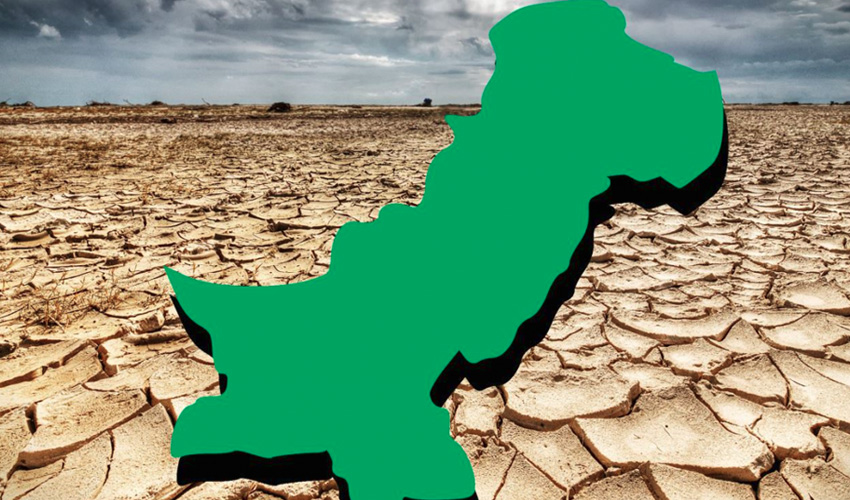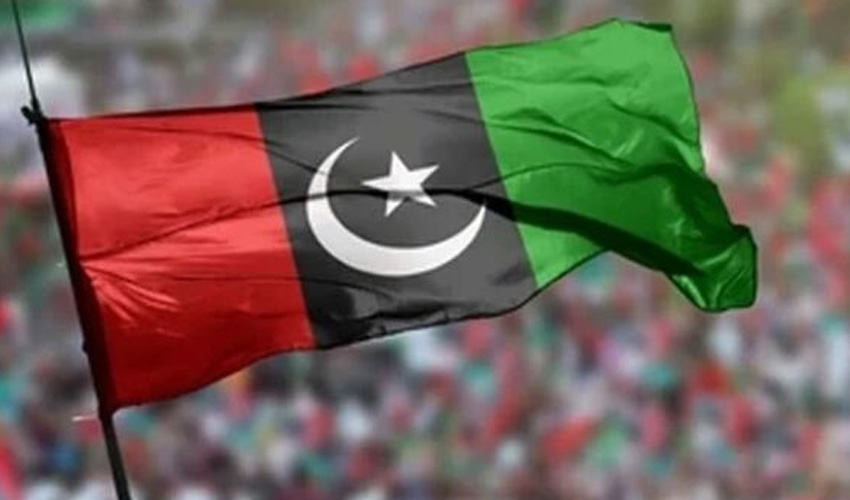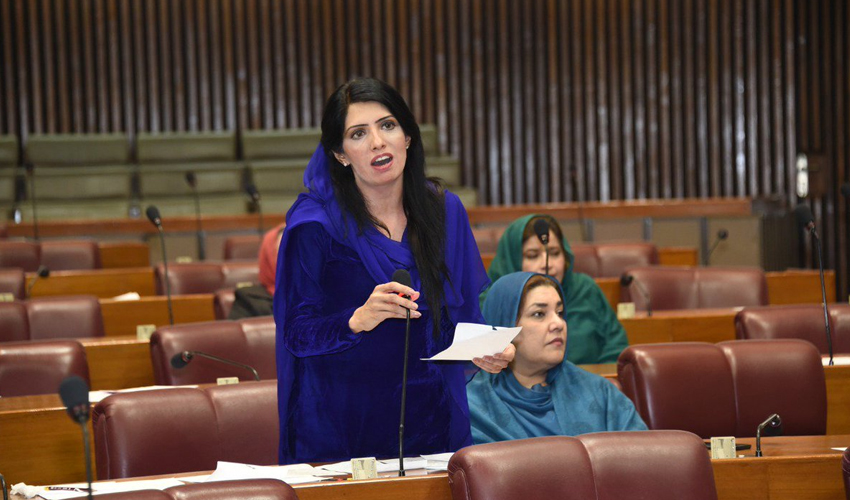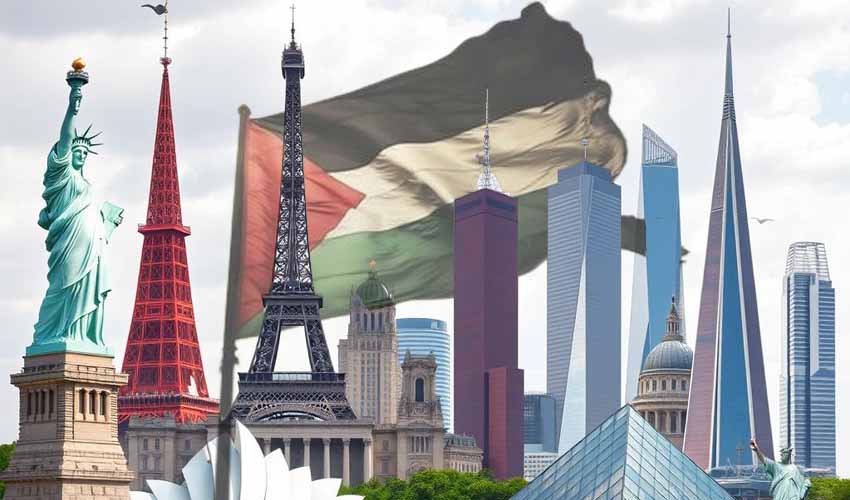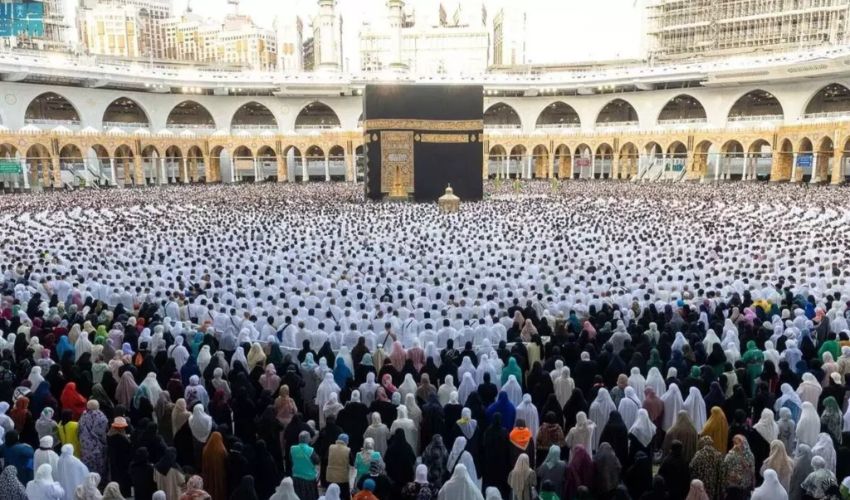Pakistan will need over $390 billion in additional investments by 2050 to successfully transition to a low-carbon economy, as outlined in a report by the Asian Development Bank (ADB) released on Sunday.
This large-scale investment is necessary to meet the country’s international commitments on carbon emission reductions, particularly through initiatives such as the coal-to-gas transition in the industrial sector, electrification of transport, and replacing gas with electricity for cooking.
The report, titled Pakistan Low-Carbon Energy Outlook and Technology Road Map, stresses that these energy expansion plans will require substantial financial backing.
The investment breakdown suggests that hydropower generation will require an estimated $153 billion, nuclear power $103 billion, wind power $62 billion, and solar energy $51 billion.
Additionally, $22 billion will be needed for transmission and distribution infrastructure to ensure a stable energy grid.
These investments are in addition to those required for transport and domestic sectors, which are crucial for achieving energy efficiency goals. The ADB acknowledges the difficulty of securing such an ambitious investment program, as government funding will be insufficient, and much of the financial support will need to come from both the domestic and international private sector. This could include equity funding, bank credits, bond issues, and foreign financial assistance.
“Achieving this funding scale will be challenging,” the Manila-based lending agency noted, highlighting the need for major reforms to attract investment. The report calls for regulatory reforms, robust policy initiatives, and comprehensive planning to create an investment climate conducive to this level of funding.
To meet the ambitious goal of reducing emissions, Pakistan must also implement a series of policy initiatives that align private sector incentives with environmental goals.
The report stressed the importance of a supportive regulatory framework, along with a well-structured project preparation and implementation system, to meet the requirements of multilateral and bilateral donors.
The ADB’s findings indicate that the low-carbon scenario would significantly reduce Pakistan’s greenhouse gas emissions, with a projected 23% reduction by 2030 and a 36% reduction by 2050, compared to the business-as-usual approach.
The key to achieving these reductions will be the transition to cleaner energy sources, such as natural gas and renewables, particularly in the industrial and transport sectors.
Pakistan, one of the world’s most vulnerable countries to the effects of climate change, faces a pressing need to balance economic growth with environmental sustainability.
The government has committed to reducing national greenhouse gas emissions by 50% by 2030 under its revised Nationally Determined Contributions (NDCs), with 15% of this target being unconditional and the remaining 35% contingent on international financial support.





